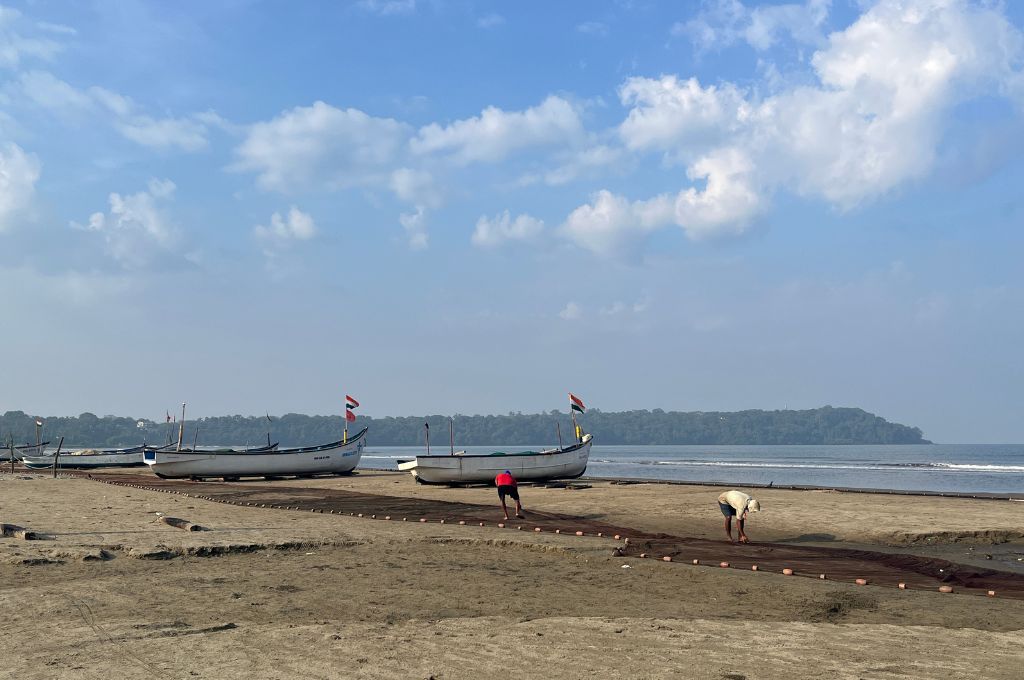Women’s water woes
I was recently part of an integrated community development programme that conducted interventions in watershed development, clean drinking water, sanitation, and livelihoods in a water-stressed village cluster in southern Rajasthan. Post a thorough community needs assessment, 1,000 household toilets were constructed in select homes, in alignment with Swachh Bharat Abhiyan. This gave approximately 97 percent of households in the cluster access to toilets, which contributed to reducing open defecation. The intervention’s benefits cut across different aspects of village life, except for one—reducing women’s drudgery.
Women in parts of Rajasthan already spend more than 30 minutes walking to and from the source of water for daily household needs. They then wait for another 20 minutes to fill a bucket. This programme sought to improve water accessibility, and reduce the distance travelled by women to fetch water. It did this by constructing water storage tanks and connecting pipelines. However, the construction and consequent usage of toilets shot up the demand for water. A demand that could only be fulfilled by women making more trips to fetch water. Now, they end up spending approximately 20 minutes extra daily to meet the increased requirement of their family members’ toilet use.
Simply creating access to toilets is inadequate if the supporting infrastructure is not developed. This is worsened when there is no consideration of the social engineering related to sanitation, and when we don’t apply a gender, caste, and class lens in social development policies and programmes in general.
Nandini Bhatia is Assistant Manager, Research and Knowledge, at Samhita Social Ventures.



